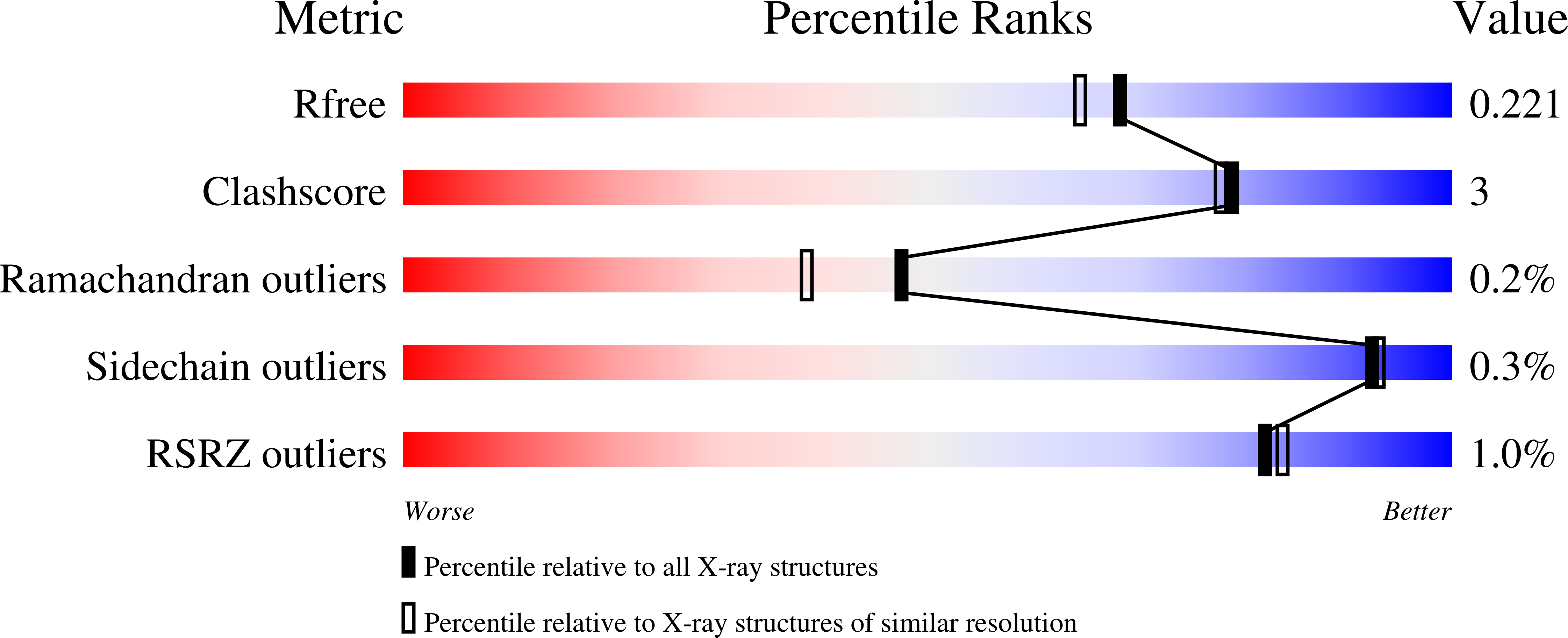
Deposition Date
2020-04-26
Release Date
2020-09-30
Last Version Date
2023-10-18
Method Details:
Experimental Method:
Resolution:
1.90 Å
R-Value Free:
0.22
R-Value Work:
0.18
R-Value Observed:
0.19
Space Group:
P 1 21 1


